May 6, 2024 | 16:56 GMT +7
May 6, 2024 | 16:56 GMT +7
Hotline: 0913.378.918
May 6, 2024 | 16:56 GMT +7
Hotline: 0913.378.918

Peanut is a traditional crop in Nghe An, giving high profits, but the area is progressively decreasing. Photo: Hong Dien.
In Nghe An, crops with extremely good drought tolerance and high production efficiency in the conditions of severe hot weather, severe drought, and especially the increasingly complicated and unpredictable climate change of today are not rare.
Nghe Tinh in general and Nghe An in particular have long been famous as the "birthplace" of many drought-tolerant crop varieties. Because the climate here is hot and dry most of the year, with the southwest wind (Lao wind) blowing strongly and heavy rain, stormy winds, and flooding in the last months of the year.
With such climate characteristics, since ancient times, Nghe An farmers have searched for and selected drought-tolerant crops to put into large-scale production, such as peanut, sesame, bean, pineapple, etc. The common features of drought-tolerant crops are those with small leaves; stems and leaves with many hairs or small spines; stems, leaves, tubers, fruits, seeds containing oily substances, essential oils, or resins (pus); roots have nodules. Most of these crops are grown in the summer-autumn crop, with a short growth period: sesame (55 - 60 days), bean (75 - 80), peanut (85 - 90), and all are crops improving soil very well.
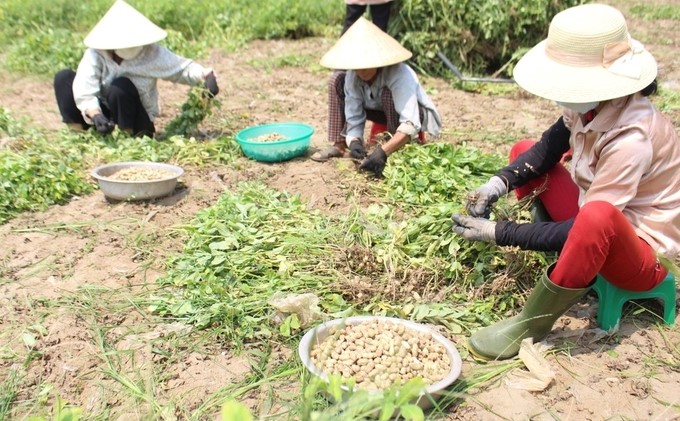
Lack of mechanization and labor-intensive cultivation and harvest are the disadvantages that make it difficult for drought-tolerant crops to expand production in Nghe An. Photo: Hong Dien.
Dien Chau is the locality with the largest sesame area in Nghe An province. Sesame is the best drought-tolerant and shortest-day crop and gives a good income to farmers. Therefore, farmers often say that sesame is a "money for jam" crop.
Investing in producing 1 ha of sesame requires only 6 - 7 kg of seeds, 400 - 500 kg of NPK fertilizers of type 3-9-6, and about 20 days of work on land preparation, field cleaning, and harvesting. The total cost of producing 1 ha of sesame is only nearly VND 10 million. Meanwhile, the average yield of sesame is about 900 kg/ha. With the current selling price of VND 45,000 - 50,000/kg for dry sesame seeds, sesame gives an income of VND 40 - 45 million/ha, profiting VND 35 - 39 million, many times higher than other crops.
As for mung bean, this crop is now planted a lot in riverside and coastal areas in the districts of Nam Dan, Thanh Chuong, Anh Son, Tan Ky, Nghi Loc, etc.

Sesame is considered a "money for jam" crop, but the area of sesame in Nghe An is increasingly narrow. Photo: Xuan Hoang.
Ms. Bui Thi Oanh, Head of the Nam Dan Agriculture and Rural Development Department, said that mung bean is a very popular crop in Nam Dan in the summer-autumn crop because it is both drought-tolerant and short-day, and mug bean products are easy to consume and have high economic value. In this year's summer-autumn crop, the whole district planted more than 800 ha, yielding an average of 4.5 - 5 kg/sao (Vietnamese measurement, equals 0.9 - 1 ton/ha). The current selling price is not less than VND 45,000/kg. Thus, on average, 1 ha of mung bean gives an income of at least VND 40 million, while the investment cost is negligible, and it only takes time to harvest many times.
Particularly for peanut, due to the early arrival of drought in this year's summer-autumn crop, the planting area is limited. However, many cooperatives still took advantage of sufficiently moist soil for planting and achieved good results. Typically, as in Nghi Van Agricultural Cooperative (Nghi Loc district) and Tay Phu Agricultural Cooperative (Dien Chau district), 25 - 30 ha of peanuts were planted on rice land without initiative in water.
Mr. Nguyen Ba Tam, Director of Tay Phu Agricultural Cooperative, said that the average yield of peanut in the summer-autumn crop normally reaches 120 - 130 kg/sao (2.4 - 2.6 tons/ha). Drought in this year's summer-autumn crop comes early, so the tilling is not in time and the soil is too dry, thereby the sown area only reaches 12 ha. The yield is expected to average 85 - 90 kg/sao (1.7 - 1.8 tons/ha), but it is sold at a price of VND 38,000 - 40,000/kg (dried peanuts), VND 2,000 - 3,000/kg higher than previous crops. According to calculations, 1 ha of peanuts gives an income of VND 32 - 34 million after deducting all expenses, three times higher than growing rice in this crop.
In addition to the three above-mentioned short-day and drought-tolerant crops, farmers in Nghe An also grow pineapple well in low hilly areas with year-round drought.

Pineapple is a very convenient crop to grow in Nghe An, but farmers also suffer losses many times because of falling prices. Photo: Viet Hung.
According to Mr. Phan Van Thanh in Tan Thang commune, Quynh Luu district, his family planted 2.5 ha of pineapple, mainly the Cayenne pineapple variety, with an initial investment of VND 75 - 80 million/ha. This year's pineapple fruit is large and even; the average yield is 38 - 40 tons/ha; and the average on-spot selling price is VND 5,000/kg. After misusing all costs, the profit is approximately VND 120 million/ha.
Ms. Vu Thi Bich Hang, Head of the Quynh Luu Department of Agriculture and Rural Development, said that the whole district has a pineapple farming area of 1,100 ha, concentrated in Quynh Thang, Tan Thang, Quynh Chau communes, etc. Particularly, Tan Thang commune has 800 ha. This year's pineapple crop has a good season and a good price. The average pineapple yield is 35 - 40 tons of fruit/ha, selling for VND 5,000 - 6,000/kg and earning VND 110 - 120 million/ha after deducting all costs.
In recent years, the area of good drought-tolerant crops in Nghe An has not only not increased but also tended to decrease, specifically:
In the 2010 summer-autumn crop, the whole province planted more than 5,100 ha of mung bean. This planting area was only less than 2,000 ha in 2022, and there is 1,500 ha left in this year's summer-autumn crop. Similarly, the sesame planting area decreased from approximately 5,470 ha in 2010 to 2,780 ha in 2022 and just 2.200 ha in this year's summer-autumn crop. Peanut production area in the summer-autumn crop decreased sharply, from 1,785 ha in 2010 to over 460 ha in 2022 and 530 ha in this year's summer-autumn crop. The pineapple area was approximately 2,000 ha, but now there are only more than 1,200 ha left.
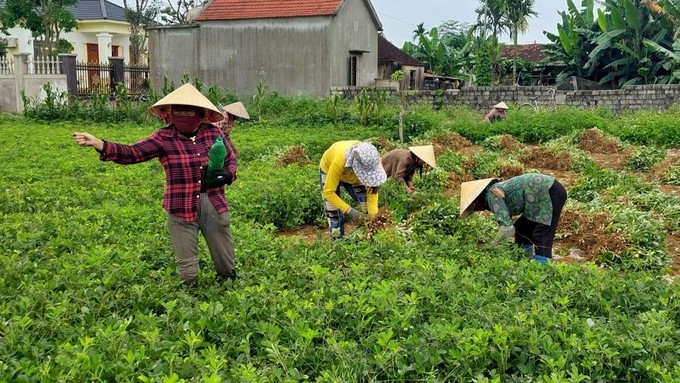
Small and fragmented production is also a difficulty for applying mechanization to drought-tolerant crop production.
Meanwhile, the area of high land, land not proactive in irrigation, and year-round dry land that can be converted to growing drought-tolerant crops is very large, especially in the summer-autumn crop. Particularly, the coastal land (horizontal alluvial land) from Vinh City, down Cua Lo, to Nghi Loc, to Dien Chau, Quynh Luu, and Hoang Mai town has about 8,000 - 9,000 ha. The land along the Lam and Hieu rivers has 6,000 - 7,000 ha, and there is also about 6,000 - 6,600 ha of high land.
The question is why there are so many drought-tolerant crops, so much land to plant, and so much production experience, but the area is still not expanded. The most common answer of many people, from farmers and managers of cooperatives to technicians in some departments of agriculture and rural development, was that:
First, in rural areas, most of the young and healthy labor force work far away; the rest are mostly female workers and elderly people. Therefore, it is very difficult to cultivate short-day and drought-tolerant crops such as peanut, sesame, mung bean, etc. that require timely tilling when the soil is still sufficiently moist. That is not to mention that when harvesting, it takes a lot of work, such as mung beans that have to be harvested 4 - 5 times and peanuts that must be plucked out before or after drying, etc. Therefore, only by applying synchronous mechanization to production could this difficulty be solved.
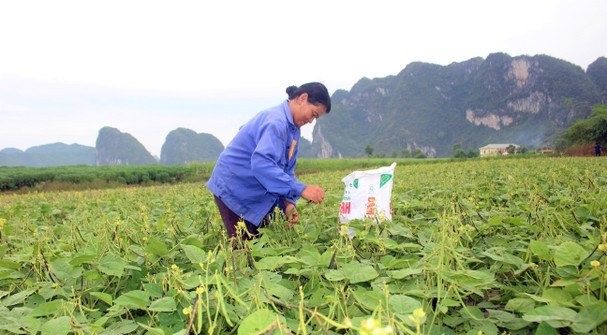
Mung bean has a very large consumption market and high profits, but it is difficult to expand production because it takes a lot of work to harvest. Photo: TL.
Second, in the province, there are too few factories, processing facilities, and enterprises associated with farmers to produce and consume products. Therefore, producing much can be difficult to consume and must be sold at a cheap price, especially when the season is difficult to avoid devaluation. Typically, in 2013, the price of dried peanuts was only VND 25,000 - 26,000/kg, the price of black sesame was VND 30,000 - 31,000/kg, and the price of pineapple fruit was less than VND 1,000/kg.
The agricultural sector of the province and localities has a guideline to encourage farmers to strongly transform the structure of drought-tolerant crops into planting in highland, dry areas, and areas not proactive in irrigation. But the dissemination and organization to direct the implementation are not drastic or strong enough, so it can't form a movement.
Translated by Huyen Vu Thu
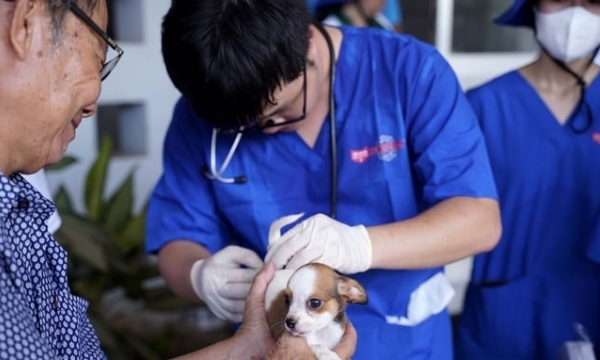
(VAN) Pet owners in Long An province exhibit indifference and a lack of understanding regarding rabies. They maintain the misconception that pet dogs and cats are immune to the disease.

(VAN) The STAR-FARM project is funded by the European Union and implemented in the provinces of Dong Thap, Kien Giang and Tra Vinh, with a total investment of 4.2 million Euro.
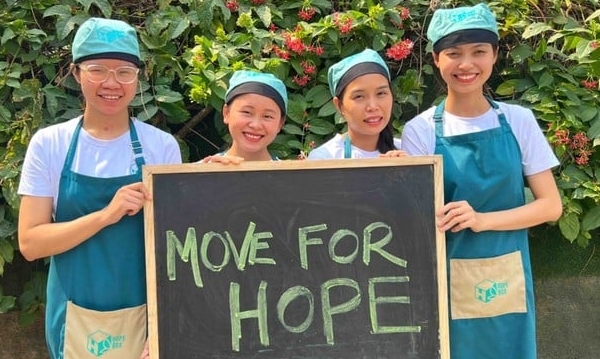
(VAN) The ecosystem and social impact business organizations (SIBs), although still modest in number, is very diverse and dynamic, they have been creating positive changes in many aspects, contributing to building a sustainable future
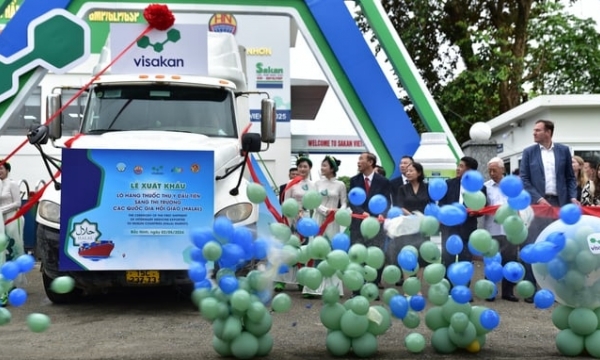
(VAN) Visakan Biotechnology Development Investment Company, a subsidiary of Hung Nhon Group, recently held a ceremony to commemorate its first export shipment of veterinary medicine to the Halal market.
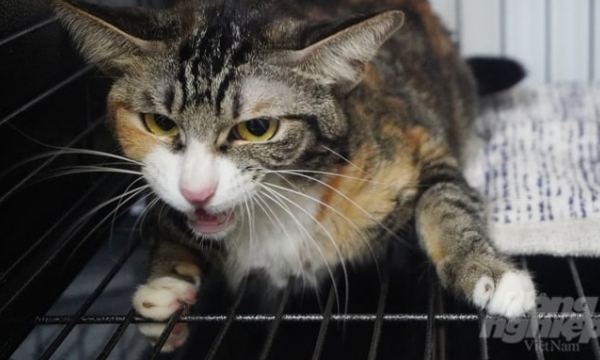
(VAN) If temporary regulations on dog and cat ownership are approved, Ho Chi Minh city will pilot the implementation of microchipping for dogs and cats in several designated areas within the inner city.
/2024/05/02/5303-5730-6-185654_281.jpg)
(VAN) Dr. Pham S, Vice Chairman of Lam Dong Provincial People's Committee: 'Lam Dong has attracted 80 FDI enterprises and 1,550 domestic enterprises to invest in agricultural development, with 150 agricultural cooperatives applying high technology'.
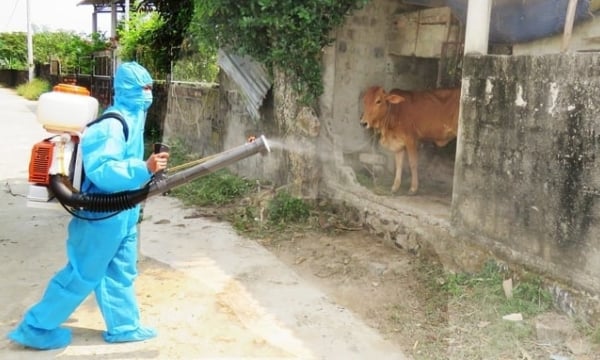
(VAN) An outbreak of Lumpy Skin Disease has occured across four districts in Quang Binh province, prompting local veterinary forces to strengthen prevention efforts.